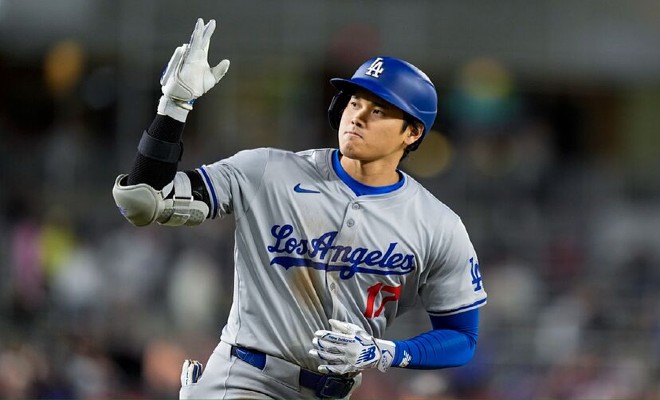-
 February 6, 2025, 6:20 pm
February 6, 2025, 6:20 pmLast Updated on February 17, 2025 4:20 pm by André Lemos | Published: February 6, 2025
Auction Leagues are like redraft leagues as far as the in-season play, it is the way the league owners build their teams at the start of the season that differs. This Primer will focus on the auction with a small section on in season play based on your league settings.
Why is an auction better than a redraft league?
The main reason an auction is better than a redraft league is pretty simple, you have a shot at every player in an auction, unless your league is a keeper league. For the sake of this article, we will talk about redraft auction leagues.
If you have the 12th draft spot in a 2025 redraft, you have zero chance of picking Shohei Ohtani, Bobby Witt, Aaron Judge, Elly De La Cruz or Jose Ramirez, and little chance of getting Kyle Tucker, Corbin Carroll, Gunnar Henderson or Juan Soto. In an auction, you have a chance at every one of those players provided you have the budget.
Secondly, auctions are more fun than a redraft, especially if the auction is in person. Seeing the banter between owners, trying to decide to go that extra dollar on a player, or the anguish of thinking you have a player when another owner jumps in at the last second and goes another dollar.
The last reason, there are always great bargains at the end game when owners are running out of money but still have positions to fill. At end of the draft there can be many $1 players filling out rosters which could be below their average auction value (AAV).
The one “negative” of an auction, they take longer than a draft. But if you only do one a year and it is in person, there are worse ways to spend 5 hours or so on a Saturday.
How does an auction work?
Every owner starts with the same budget, typically most leagues play with a $260 budget (not real money). You have $260 to fill your 23 roster spots, typically two catchers, one at each infield position, one middle infielder, one corner infielder, five outfielders, one utility player and nine pitchers. How you allocate your money is a decision that should be made before auction day.
Once auction day arrives, there is an order to nominate players to be bid on. How that order is determined can be done in several ways. Once the auction begins, the first player nominates a player and the bidding begins. Like any other kind of auction, when the bidding slows down the auctioneer counts down “going once, going twice, sold” and the player goes to the high bidder and the money is deducted from their $260 budget.
The auction continues following this process until all 23 positions are filled on all rosters in the league. Typically, the last few spots on rosters are $1 players where there is not a lot of bidding and the owner who nominates the player usually gets the player with no bidding taking place.
Once the auction ends, there is usually a snake draft to fill the bench spots.
Auction Prep
Establishing Auction Values
The next step is to assign auction values for your player pool. You can find auction value calculators online and AAV numbers on the NFBC site. Most are customizable to allow you to create values based on league size and how much you want to budget for your 14 hitters and nine pitchers (more on that in the next section).
Want to get access to the rest of this article? You’ll need to have an MLB FantasyPass membership. Click here to learn more and sign up!
Premium Access RequiredClick here to join us on Discord! And Follow us on Twitter by clicking here
Come join us at SportsEthos by filling out an application by clicking here
Follow Scott at @oregondux2
